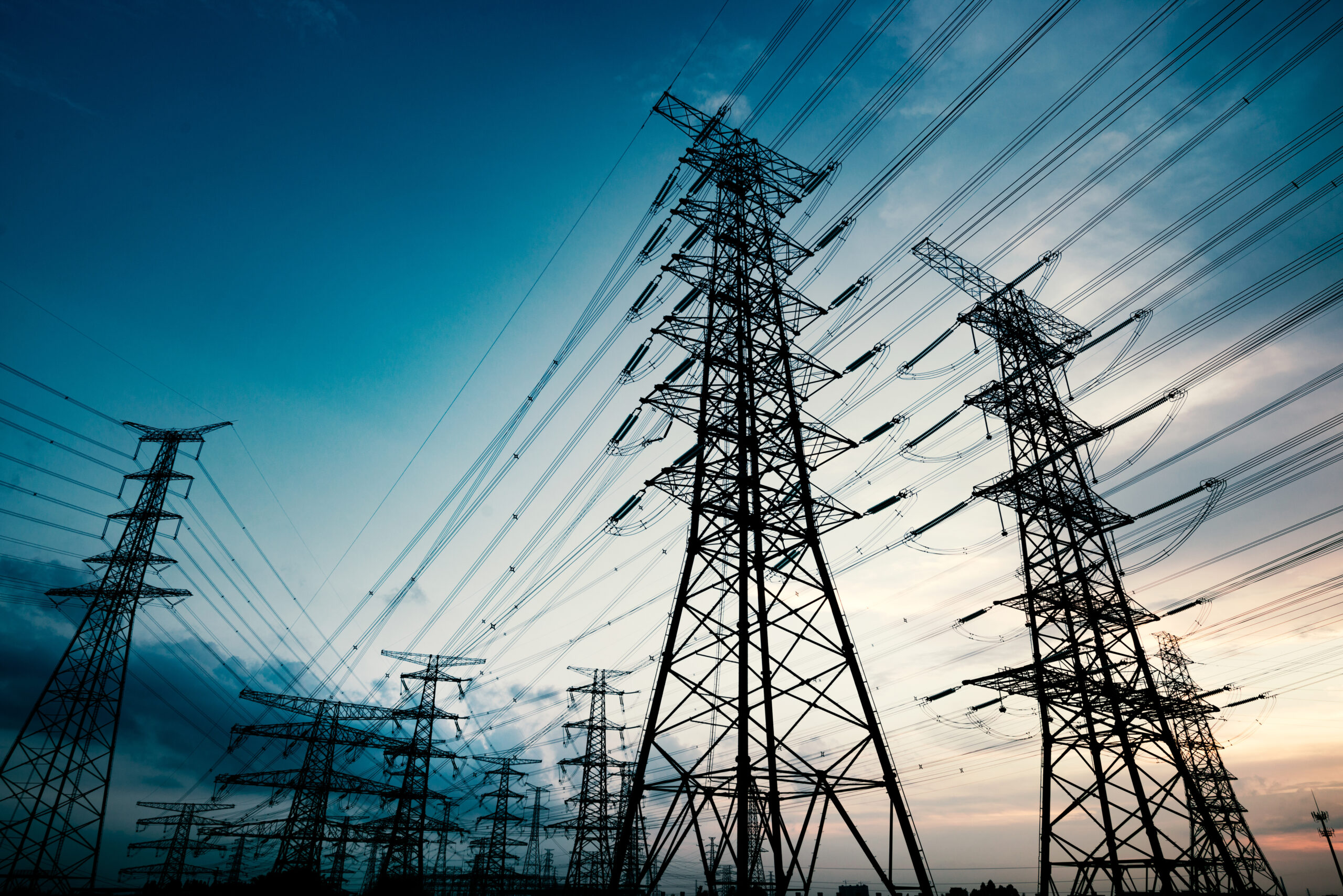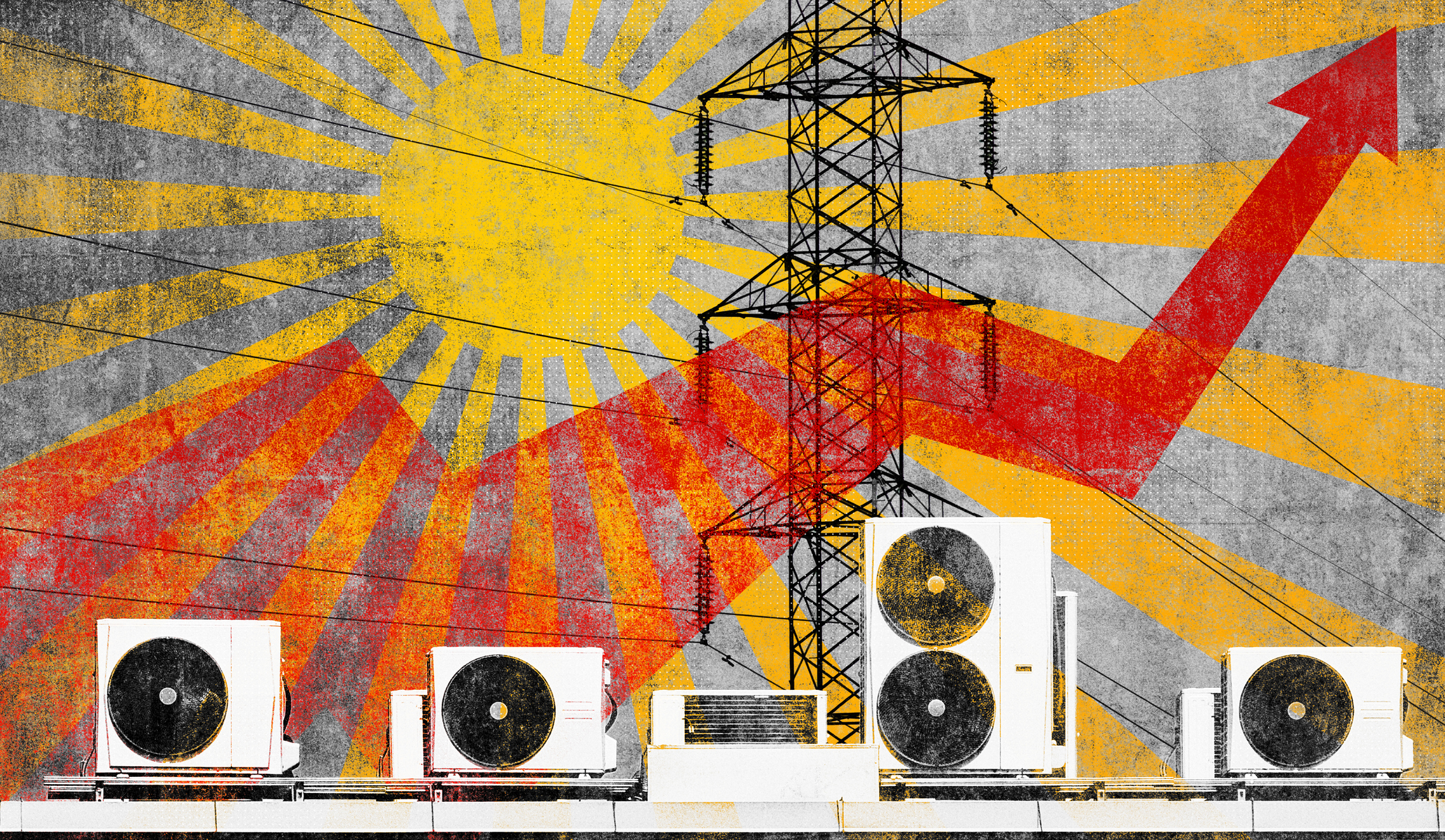According to the U.S. Department of Energy’s (DOE) National Transmission Needs Study released in October, today’s grid cannot adequately support 21st-century challenges—including integrating new clean energy sources and growing transportation and building electrification—while remaining resilient in the face of extreme weather exacerbated by climate change. Addressing electric transmission capacity constraints and congestion is an existential necessity to maintain grid reliability while meeting demand. As utility operators struggle to meet rising demand despite grid congestion, there are severe impacts on the clean energy transition, energy security, and higher generation costs that result in increased energy spending, grid insecurity, and unhappy customers.
Want to Minimize Grid Congestion? Develop New Infrastructure!
A special report released by the International Energy Agency (IEA), Electricity Grids and Secure Energy Transitions, warns efforts to tackle climate change and ensure reliable electricity supplies could be put at risk unless policymakers and companies quickly take action to improve and expand the world’s electricity grids. The IEA study finds the world must add or replace 80 million km of grids by 2040, equal to all grids globally today, to meet national climate targets and support energy security.
The IEA report goes on to say that at least 3,000 gigawatts (GW) of renewable power projects, of which 1,500 GW are in advanced stages, are waiting in grid connection queues – equivalent to five times the amount of solar PV and wind capacity added in 2022. This shows grids are becoming a bottleneck for transitions to net zero emissions—and an expensive one!
Yesterday, the Energy Department announced $1.3b to fund the construction of three large power lines across six U.S. states. To put this into a greater perspective, successfully mitigating grid congestion would cost around $21tn of investments by 2050. Still, grid congestion costs rose to $13.3b in 2021 and jumped by another 56% in 2022. Further complicating this is the growing annual costs of climate change, which challenges energy security and efficiency.
Grid Congestion & Regulatory Hurdles
Clearly, immediate action is needed, especially since the timelines for grid upgrades, new transmission facilities, and alternative transmission solutions can be a decade or longer. IEA says, by contrast, that new renewable energy projects take one to five years, and new infrastructure for charging electric vehicles takes less than two years.
The DOE and IEA reports provide valuable insights and actionable recommendations for investing in transmission line infrastructure improvement and growth to prevent the grid from undermining energy transitions and security. Fortunately, the Federal Energy Regulatory Commission (FERC) has taken note of these challenges and is working to mitigate the bureaucratic processes involved in the interconnection policies necessary to realize clean energy projects. With the solutions being decades in the making – what can be done in the short term to manage capacity and transmission challenges?
DERs, Grid Congestion, & Load Shifting
Integrating distributed energy resources (DERs) into energy planning strategies using DERs to meet and manage capacity and congestion is a real-time adjustment capability for energy providers. Demand flexibility is any load-shifting action that conserves energy by reshaping the load curve – and allows for the optimization of electricity costs while supporting the overall stability of the grid.
Through distributed energy resource management systems (DERMS), DER technologies like smart meters, behind-the-meter devices, and home automation systems enable real-time monitoring of energy consumption and facilitate seamless communication between consumers and the grid. Utilities can now collect granular data on energy usage patterns, enabling more accurate load forecasting and better energy distribution management.
Demand Flexibility Opportunities
Fortunately, through demand flexibility initiatives, a variety of non-wires alternatives exist to affordably address grid congestion before spending billions on physical infrastructure. To address fluctuations and rapidly increasing capacity and transmission challenges, utility program managers can:
- Develop demand response (DR) programs or EV managed charging initiatives to manage distributed energy resources (DERs) and balance supply and demand
- Design residential distributed energy resource (DERs) programs to be optimized to reduce cost, peak load, and impact on the grid
- Through load shifting, leverage DERs to mitigate grid congestion and ensure customers have a reliable power supply at the best price
Through an innovative end-to-end, self-service distributed energy resource (DER) management platform, utilities can manage demand response programs and own the customer journey from enrollment to retention. Through DER program management, electricity providers can move toward grid modernization and alleviate grid congestion by leveraging behind-the-meter technologies to create the future grid.
Grid Congestion Conclusion
Alleviating electric transmission capacity constraints and congestion is critical for meeting energy transition and decarbonization goals and improving the reliability and resiliency of the grid. More importantly, as load shifting strategies, these non-wires alternatives offer a solution to the challenges of grid congestion that not only circumvents the upfront costs of infrastructure upgrades, but also generates new revenue streams, enhances grid resilience, and improves customer satisfaction. Ultimately, without new transmission lines, these projects will struggle, but demand flexibility provides a transitory, low-cost solution ideal for the energy transition and beyond.





